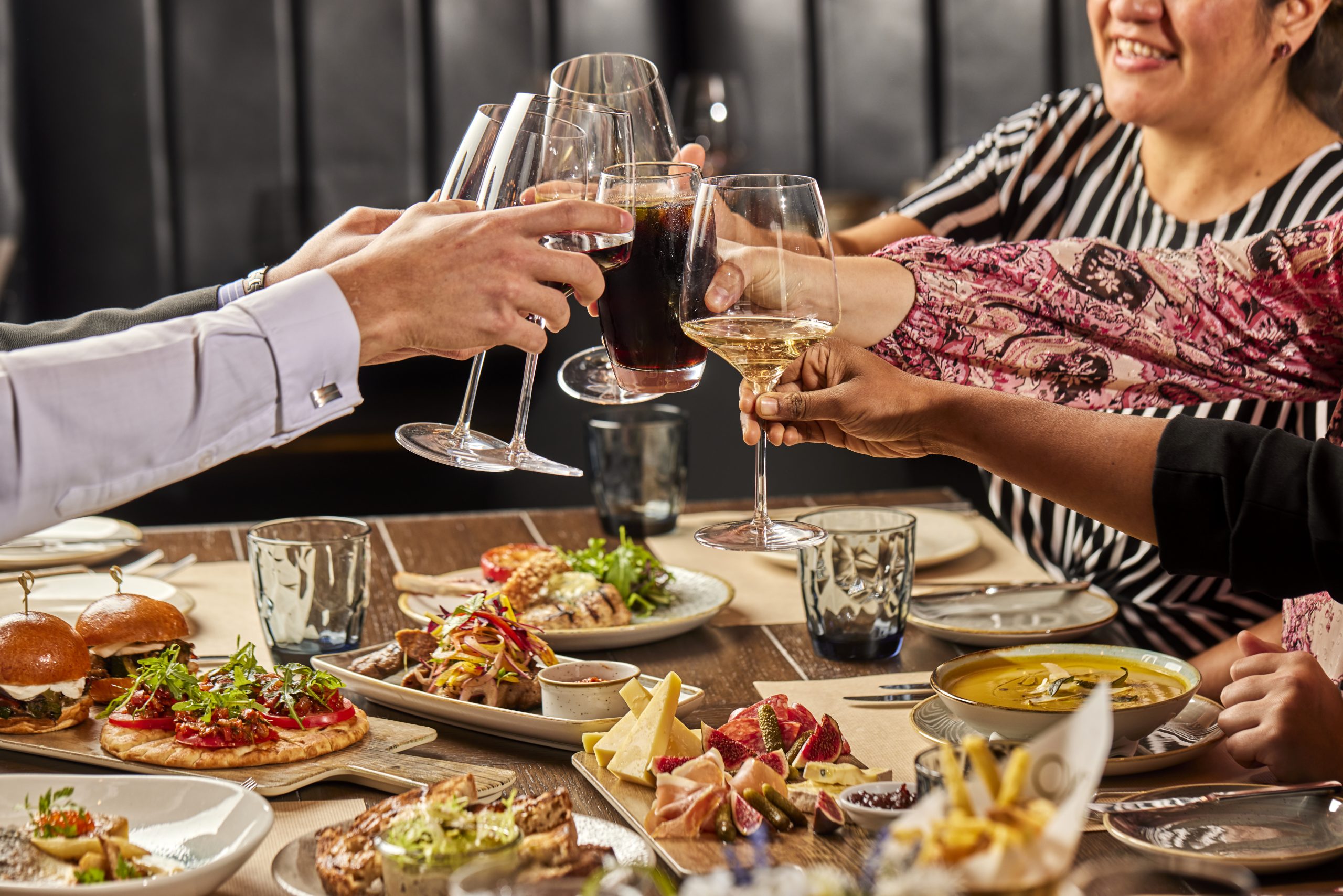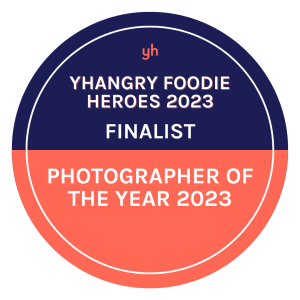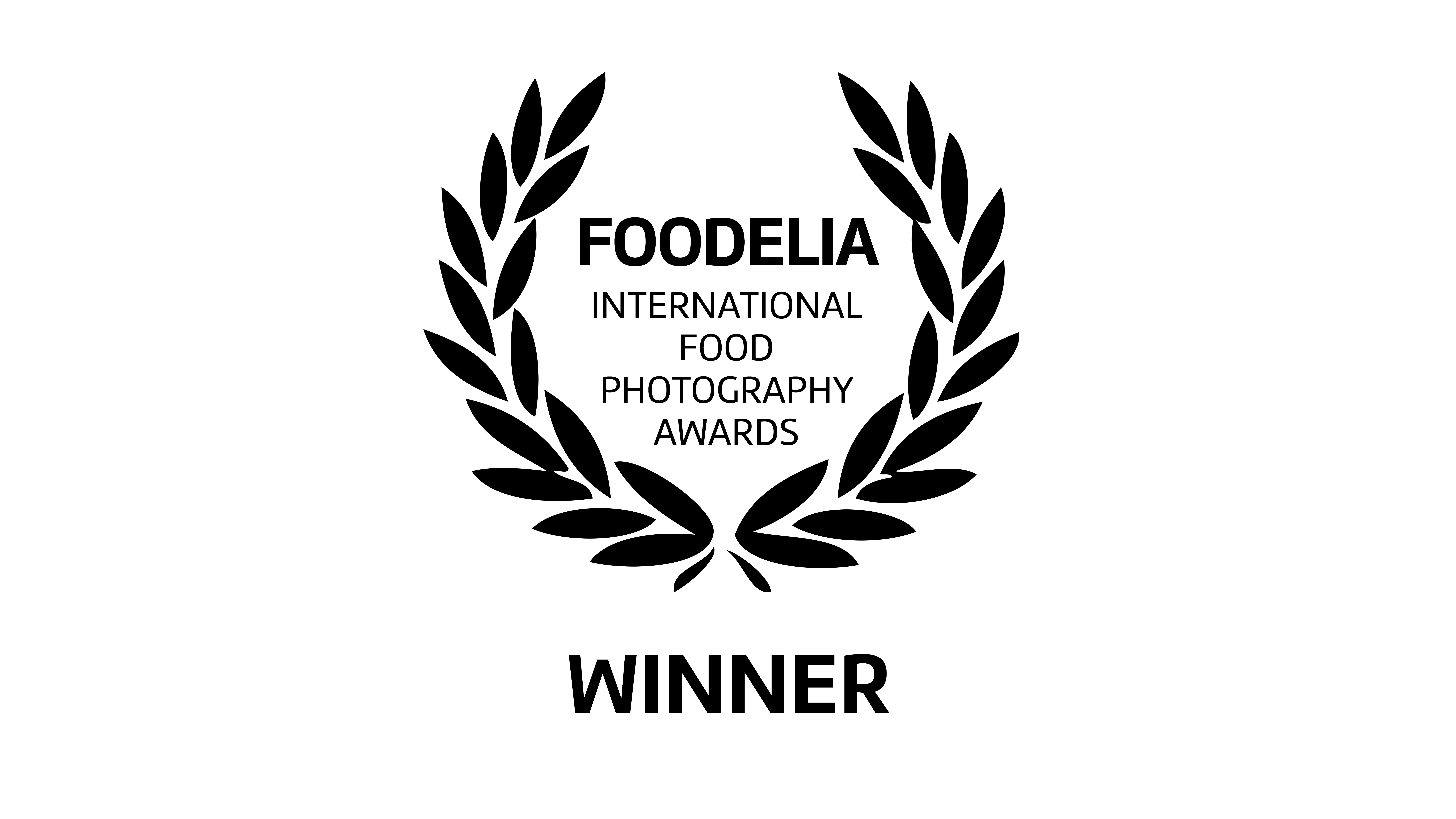
Food photography isn’t just about snapping a quick shot before taking your first bite. It’s about capturing the essence of food, the artistry in its preparation, and the anticipation of the feast that's about to unfold. The following tips are essential if you’re looking to master professional food photography.
Owning a high-quality camera is the starting point of professional food photography. Consider features like sensor size, lens quality, and manual setting controls for your camera choice. It's not always about the price, but how you use it.
Like any photography genre, lighting is paramount for food photography. Natural light is your best friend. Remember, too much light can wash out the image, whereas too little can make it appear dull.
The soft, diffused light during sunrise or sunset, known as the golden hours, can give a warm and appetizing glow to your food photos.
The direction and intensity of shadows can dramatically change the mood of your food photo. Experiment with diffusers and reflectors to control shadows.
Styling is the secret ingredient that sets your photos apart. It's all about presentation, harmony and balance.
Highlight the ingredients used in the dish. It adds a layer of authenticity and allows the viewer to imagine the flavors.
Props can add depth, but they should never overpower the food. Choose items that enhance the food's appeal, keeping the colour and theme in mind.
Divide your frame into nine equal parts and place your main subject along these lines or their intersections. This helps in creating a visually balanced image.
Different angles can drastically change the perception of a dish. Overhead shots work best for flat-lays and table spreads, while sideways are great for burgers, sandwiches or layered dishes.
Even the best food photographers rely on editing to fine-tune their shots. Learning basic editing skills, like adjusting brightness, contrast, and saturation, can significantly enhance your photographs.
Just like cooking, food photography also requires practice. Try out different techniques, learn from your mistakes, and always strive to refine your skills.
Being a successful food photographer is about more than just taking appealing photos of food. It requires an understanding of lighting, composition, and styling, coupled with relentless practice and patience. Remember, every food has a story, and your task as a photographer is to tell that story, deliciously.
By nurturing these skills, your food photographs will not only attract the eye but also tantalize the taste buds, leaving viewers hungry for more. Happy Shooting!
Keep in touch. Sign up for our newsletter


